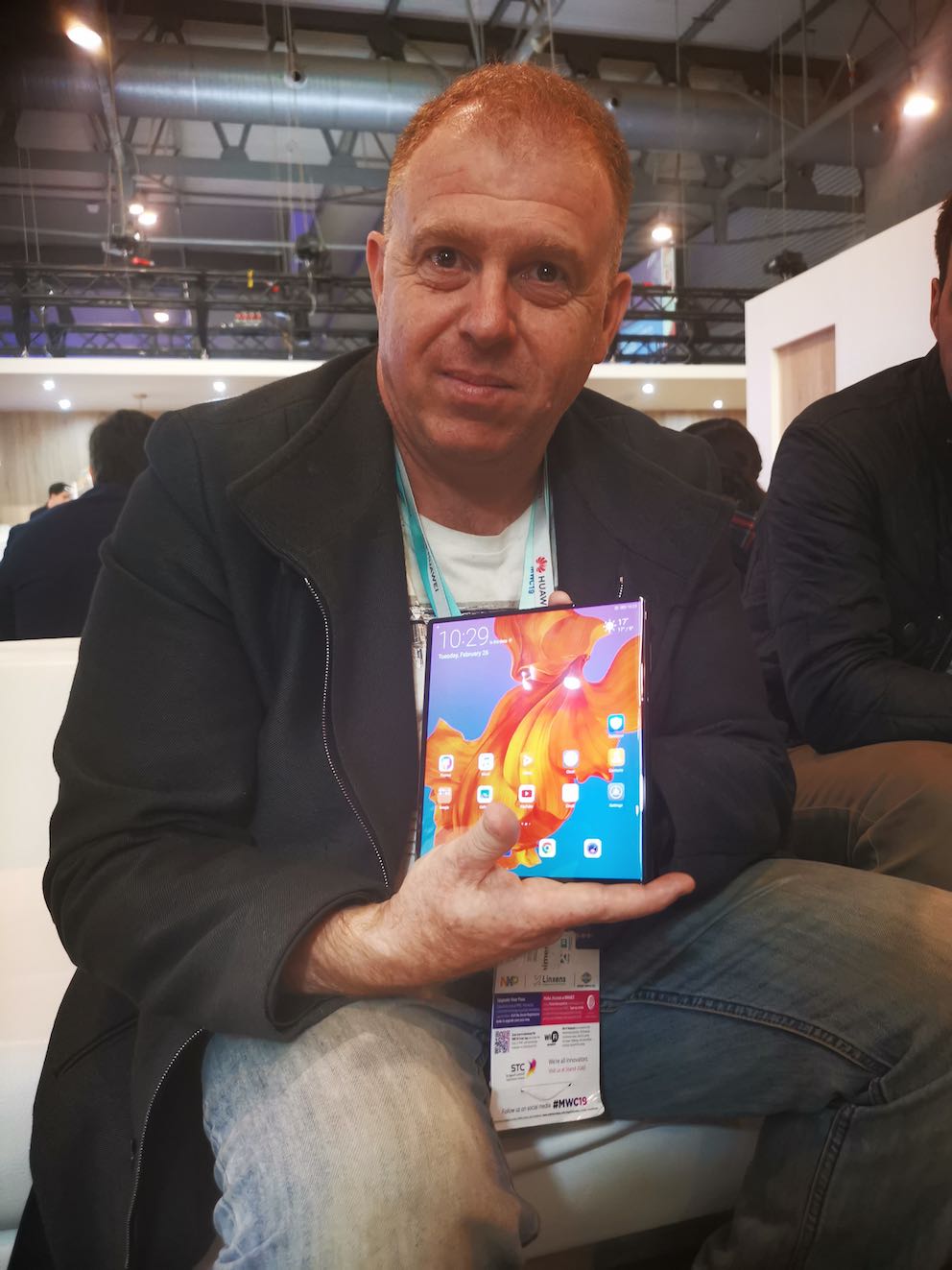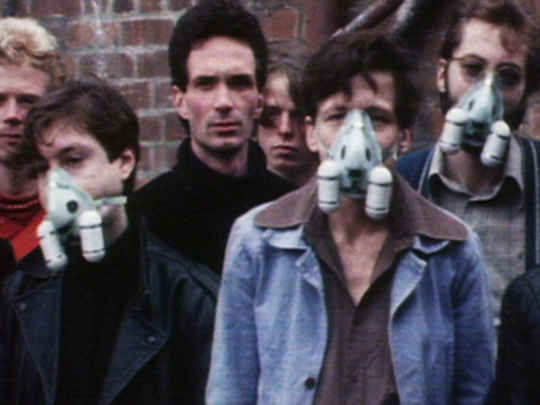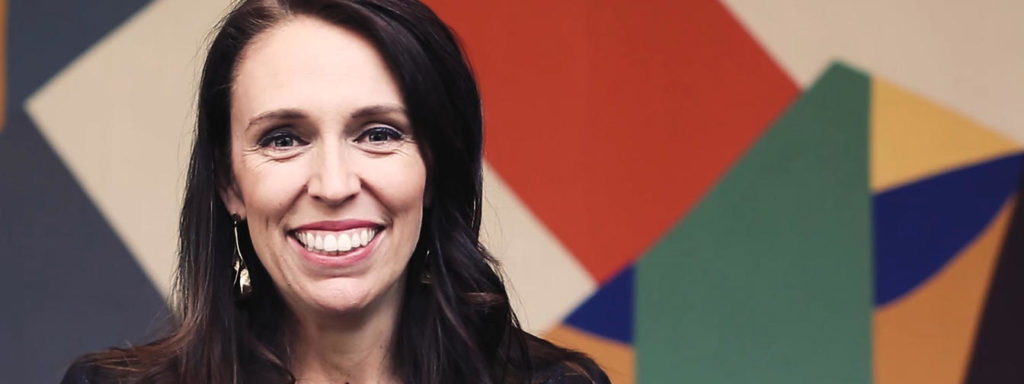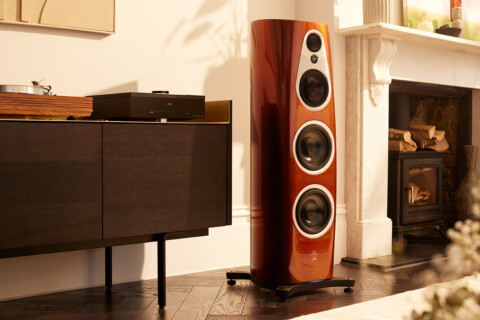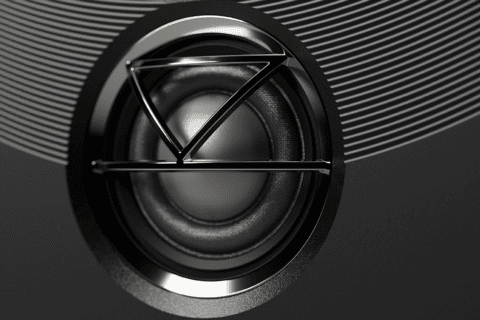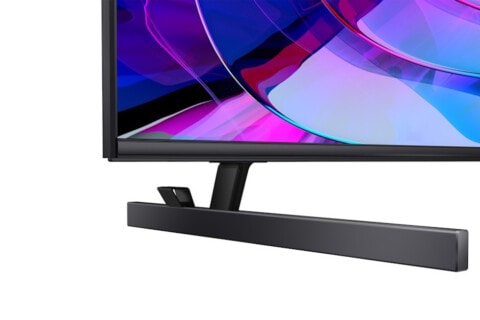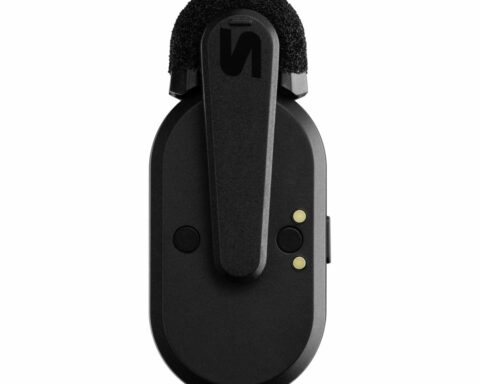PAT PILCHER gets phone envy after a brief hands-on with Huawei’s first foldable phone.
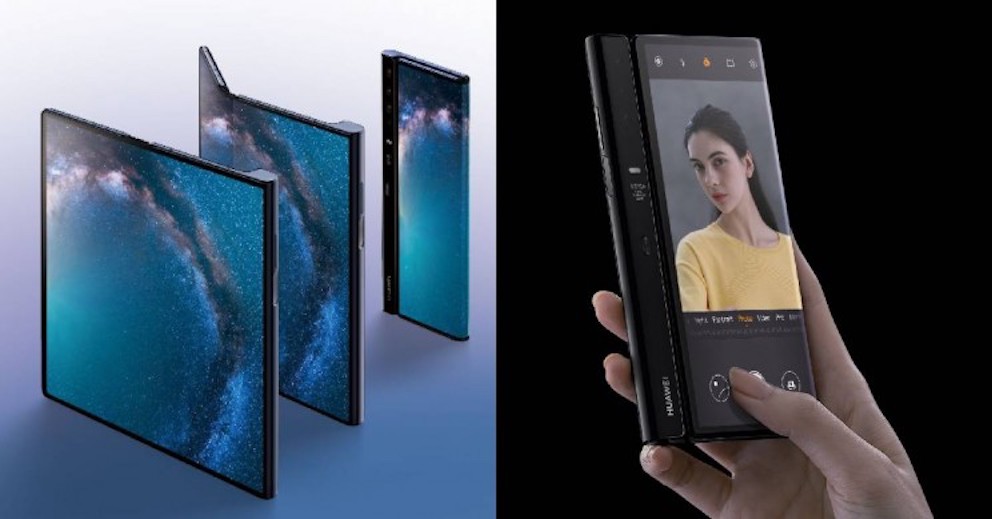 The highlight of this year’s MWC in Barcelona for me was twofold – both 5G and foldable phones stood heads and shoulders above the multitude of goodies on show in the vast 400,000 square metre Fira Gran Via. Unbelievably, I even managed to get a brief hands-on with Huawei’s first foldable, which also happens to be 5G capable.
The highlight of this year’s MWC in Barcelona for me was twofold – both 5G and foldable phones stood heads and shoulders above the multitude of goodies on show in the vast 400,000 square metre Fira Gran Via. Unbelievably, I even managed to get a brief hands-on with Huawei’s first foldable, which also happens to be 5G capable.
While renders of foldable smartphones had been steadily leaked online for quite some time, they didn’t really get me all that excited given how many looked chunky when compared to today’s 7-12mm thin smartphones. With this on my mind, I was delighted with the Mate X, which is a super-thin 11mm when folded – about the same depth as my Mate 20 Pro.
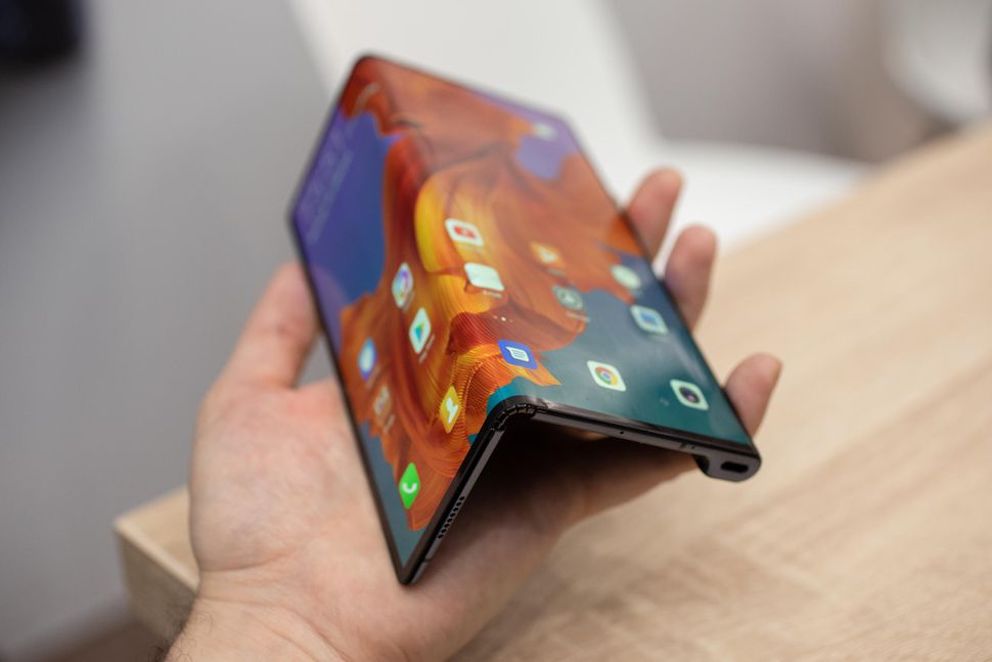 Huawei says that while the Mate X supports GSM, WCDMA and LTE, its 5G performance will be super-fast thanks to their in-house developed modem chipset, the Balong 5000. The other headline-grabbing aspect of the Mate X is its initial price. At MWC Huawei was quoting a retail sticker price of €2299, which according to XE.com is an eye-watering NZ$3845. Ouch.
Huawei says that while the Mate X supports GSM, WCDMA and LTE, its 5G performance will be super-fast thanks to their in-house developed modem chipset, the Balong 5000. The other headline-grabbing aspect of the Mate X is its initial price. At MWC Huawei was quoting a retail sticker price of €2299, which according to XE.com is an eye-watering NZ$3845. Ouch.
So far there have been a multitude of different foldable designs. Unlike Samsung’s Galaxy Fold whose screen is on the inside, the Mate X has its screen on the outside. This means that it is complemented with a secondary display on its outer shell.
When the device is unfolded, you get an 8-inch square tablet display with the odd aspect ratio of 8:7.1 at an eye-pleasing 2480×2200 pixels. When folded you get a 6.6-inch rectangle-like phone with an 18.5:9 display sporting 2480×1148 pixels. This is roughly the same as most high-end smartphones. Best of all, there is no bezel, no screen notch.
When it’s folded shut you also get a bonus screen that is a 6.38-inch 25:9 display next to the camera modules. This means that when you’re snapping a photo, the subject can see a preview of the photo, too. It’s a nice touch.
While the different screen configurations can sound a tad confusing, in use, they make a tonne of sense. The unfolded tablet display is 100 percent screen. With it, you get all the good bits of an Android tablet, such as multi-window support and easier navigation. For Google Maps, Netflix and a multitude of other apps, the unfolded tablet configuration has the potential to be a game changer.
When folded, the front display is all-screen. There’s no notch (because the front facing camera is housed on the Mate X’s side grip). In short, the device looks as good folded as it does when it is unfolded.
When unfolded, you get a flagship-grade camera setup. Huawei did say the camera is Leica-tuned but wasn’t revealing much else in the way of camera specs at MWC. Given Huawei’s long-standing reputation for excellent phone shooters, and their ongoing partnership with Leica, it’d be a fair assumption that the Mate X is likely to sport a camera set-up that’ll leave most other iOS/Android tablets for dead.
Huawei has dubbed the hinge of the Mate X the ‘falcon wing’. It’s an innovative piece of engineering in that it looks far less obtrusive than the bulky hinges on many other foldable phones. The clever part is that it also allows it to fold completely flat.
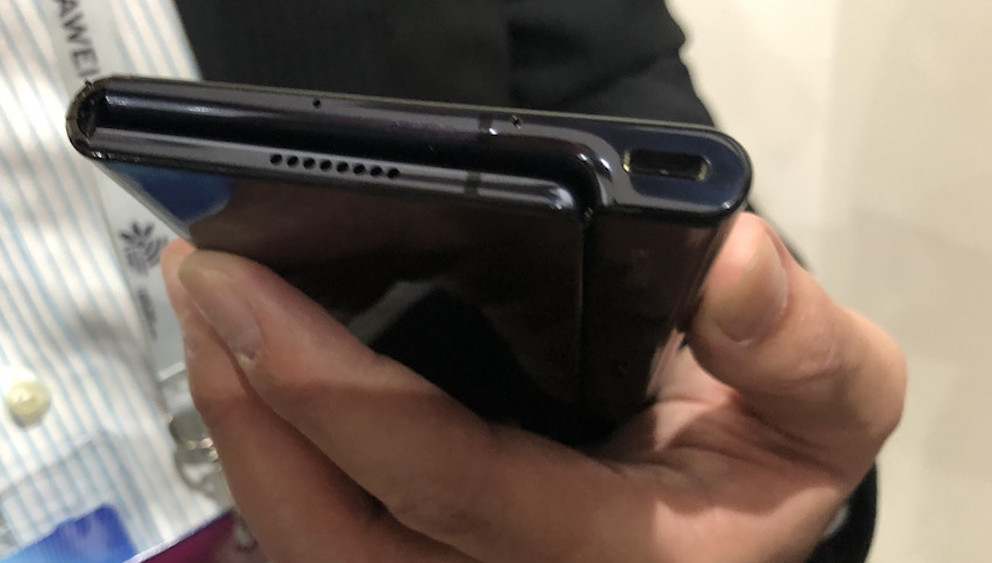 There are still a few unknowns in the Mate X’s specifications, which isn’t all that surprising as it is still a prototype that has yet to launch. We do know that it runs a Huawei developed Kirin 980 processor (which is the same silicon that powers the Mate 20 Pro). The Kirin 980 has been paired with Huawei’s Balong 5000 5G modem, which Huawei says will allow it to deliver a blazing 4.6Gbps on 5G networks.
There are still a few unknowns in the Mate X’s specifications, which isn’t all that surprising as it is still a prototype that has yet to launch. We do know that it runs a Huawei developed Kirin 980 processor (which is the same silicon that powers the Mate 20 Pro). The Kirin 980 has been paired with Huawei’s Balong 5000 5G modem, which Huawei says will allow it to deliver a blazing 4.6Gbps on 5G networks.
A fingerprint scanner is built into the power button on the side of the grip and a split 4500mAh battery is tucked away on both sides. Huawei says this will use their latest SuperCharging tech, which runs up to 55W so you can hit 85 percent charge in just 30 minutes.
In use, the Mate X folded and unfolded smoothly with a satisfying ‘snick’ as it locked into a folded or unfolded state. The oft-criticised EMUI interface ran smoothly and seemed to transform from phone to tablet state seamlessly.
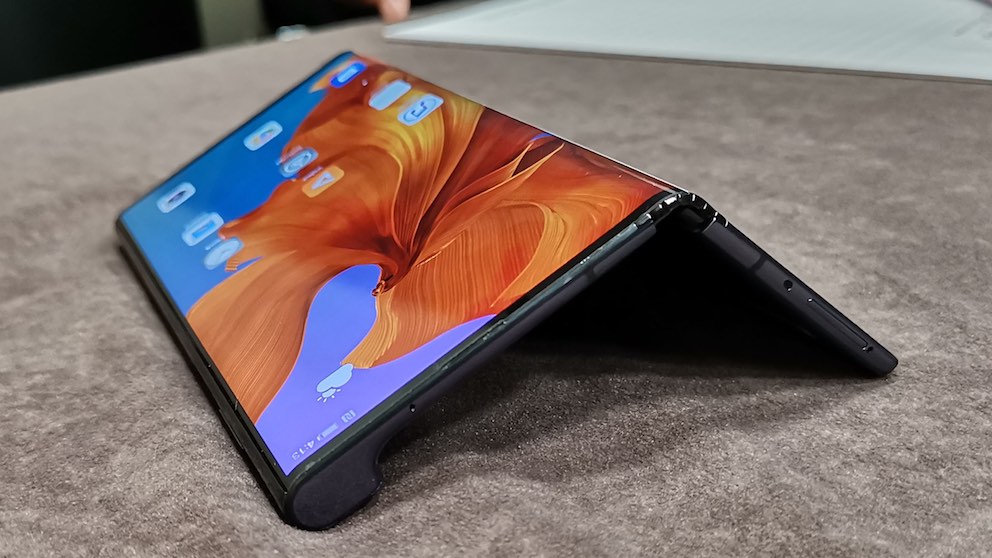 I’m curious to see how the plastic-coated flexible display is protected as it looks like a scratch magnet. According to Huawei, there will be a protective case bundled with the device.
I’m curious to see how the plastic-coated flexible display is protected as it looks like a scratch magnet. According to Huawei, there will be a protective case bundled with the device.
The only other issue I can see is the Mate X’s eye-watering sticker price. NZ$3845 would make the Mate X one of the most expensive phones in New Zealand, which given the price- sensitive nature of the NZ market, could limit sales to the one percent. Huawei says that the price will come down sharply by the time it reaches New Zealand in about six months, so it’s probably a case of wait and see.

